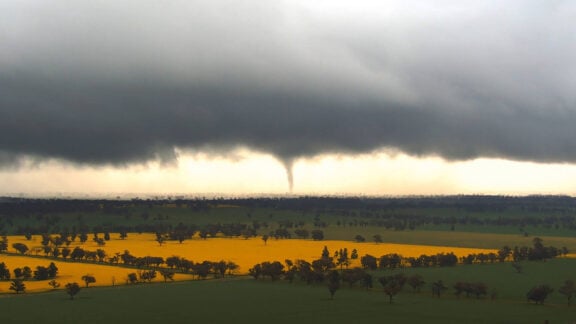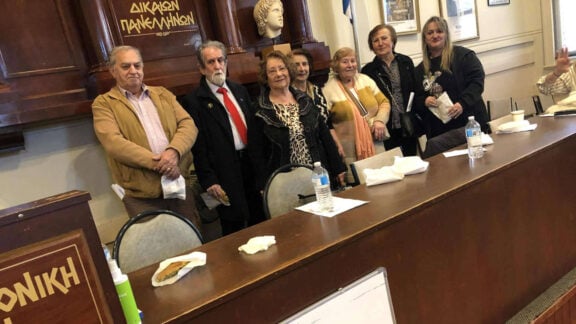Dean Papas and his pregnant wife bought their dream home in May for $1.8 million – a heritage listed property in the prestigious Canberra suburb of Reid.
It was only after the full renovation of their home was completed for the family and their two-year-old son to move in that they made the grim discovery that their historical home, built in 1927, was in fact insulated with asbestos, a potentially deadly fibre, that was used in Canberra between 1968 and 1979.
With a sinking heart, the Greek Australian recalled that they had all been exposed to the substance during renovations. Nobody had considered that there were any remaining properties with asbestos following Canberra’s notorious “Mr Fluffy” homes clean-up which took place 30 years ago.
Mr Papas did not expect to find asbestos decades after the government clearance letter and years after the buyback scheme.
The case is linked to Dirk Jansen, the man who gave rise to the Mr Fluffy asbestos crisis after using asbestos fibres in homes without keeping any records.
“We had probably 30, 40 people here at any time,” Mr Papas told the ABC. “We replaced a number of down lights and all the fibres, I still remember, were falling in my hair and in my face.”
READ MORE: The asbestos threat is real: Melbourne’s west engulfed in black toxic smoke
Exposure to asbestos may cause mesothelioma, an incurable form of cancer.
For seven weeks the team worked on the house; and though all of them were aware of the dark history of Mr Fluffy, it did not cross their minds that they might be dealing with that same lethal material in this property.
The suspicious looking fibres were found deep in the ceiling cavity when a bathroom fan was installed. It might have even gone unnoticed if the electrician hadn’t ventured so deep.
The Reid house is now the sixth asbestos-riddled property missed in Canberra.
The ACT Asbestos Response Taskforce staff believe it was inspected along with 65,000 homes as part of the original removal program between 1989 and 1993. Another $1 billion scheme was launched in 2014 when it was understood that around 1,000 homes were not assessed properly, and even missed altogether.
READ MORE: Asbestosis sufferer sues Dunlop
Though the taskforce recommended in 2014 that a “full asbestos assessment” be made mandatory for the sale of any home built before 1980, it was not adopted, as other measures such as mandatory asbestos awareness training for tradespeople were considered effective in identifying a small number of homes since the scheme began.
The family home of Mr Papas’ family will now be demolished after they signed a contract to allow the ACT government to clear the house, before they regain the block to rebuild.
“We’re going to maintain that culture and that history in the new build that we do,” Mr Papas told the ABC.









